Research on Wind Field Characteristics Measured by Lidar in a U-Shaped Valley at a Bridge Site
Abstract
:1. Introduction
2. Topography Description and Field Measurement Setup
2.1. Topography Description
2.2. Lidar System
2.3. Setup of the Lidar
- (1)
- Site selection: After a detailed field investigation, the lidar is installed beside the highway. The site is open and unobstructed, the horizontal distance from the midspan of the bridge is about 1700 m, and the vertical height difference is about 200 m, which is convenient for transportation and field electricity consumption, as shown in Figure 2 and Figure 3.
- (2)
- Measuring scheme: In order to measure the distribution characteristics of wind parameters in the spanning direction of the bridge, measuring points are arranged at 5 key positions: the west bridge tower, 1/4 span, midspan, 3/4 span, and east bridge tower, respectively. Five virtual wind measuring towers are set up, namely from VWT-1 to VWT-5, as shown in Figure 2.
- (3)
- Installation: the lidar system is equipped with a power supply, monitoring, and a 4G network to facilitate data transmission and site monitoring, as shown in Figure 5.
- (4)
- Debugging: after field debugging, with little interference from the surrounding environment, the signal-to-noise ratio (SNR) is greater than 10, the lidar system runs normally, and the wind parameter measurement is normal and reliable.
- (5)
- Testing: according to the gale wind season from 11 November 2020 to 3 May 2021, from late autumn to early summer, the operating state of the lidar system was real-time monitored, and a continuous 173 days of data was measured and recorded.
3. Raw Data Validity
- (1)
- Abnormal value data shall be removed; that is, when the wind speed or direction exceeds its measurement range of 0–75 m/s or 0–360°, the wind speed or direction is “999”, and it shall be removed.
- (2)
- Eliminate unreliable data. According to the suggestions of the equipment manufacturer, the larger the SNR, the more reliable the data will be. When the SNR is less than 10 dB, there may be strong noise and disturbance, which will reduce the reliability of the measured data, so the data shall be eliminated.
- (3)
- Conduct data validity analysis for data with good continuity and reliability within the scope of concern, such as 0–810 m.
4. Results and Discussion
4.1. Wind Speed
4.1.1. Wind Speed Distribution
4.1.2. Wind Speed Profile
4.2. Wind Direction
4.2.1. Wind-Direction Distribution
4.2.2. Wind-Direction Deflection
5. Conclusions
- (1)
- Lidar can measure and record wind parameters in the field for a long time, and in view of the effective ratio , measurements taken can obtain higher quality data when the weather is clear.
- (2)
- The wind field data during the measuring period were selected and analyzed, and it is found that the wind field parameter showed nonuniform characteristics in time and height.
- (3)
- The nondimensional wind speed profile was divided into three types (mussy, linear, and piecewise exponential pattern), and the regularity of power exponent is not obvious. The three types are different from those recommended in the specification or those in an open area.
- (4)
- The wind direction has a certain consistency at different VWTs, and the phenomenon of wind direction twists with the height could be described by the wind-direction deflection rate . In addition, below the cutoff point, the wind deflection is more dramatic.
- (5)
- According to the distribution pattern of wind speed and direction, wind parameters could be applied to bridge design; for example, wind speed and distribution along the bridge deck or wind-direction change along the pylon, and these could be further. discussed.
- (6)
- Confined to the performance of the lidar, no analysis has been performed on wind speed power spectrum and spatial coherence, and further updates of equipment or advanced analysis method is needed.
Author Contributions
Funding
Institutional Review Board Statement
Informed Consent Statement
Data Availability Statement
Conflicts of Interest
References
- Bowen, A. Modelling of strong wind flows over complex terrain at small geometric scales. J. Wind Eng. Ind. Aerodyn. 2003, 91, 1859–1871. [Google Scholar] [CrossRef]
- Chen, T.; Li, Y.; Luan, D.; Jiao, A.; Yang, L.; Fan, C.; Shi, L. Study of flow characteristics in tunnels induced by canyon wind. J. Wind Eng. Ind. Aerodyn. 2020, 202, 104236. [Google Scholar] [CrossRef]
- Song, J.-L.; Li, J.-W.; Flay, R.G. Field measurements and wind tunnel investigation of wind characteristics at a bridge site in a Y-shaped valley. J. Wind Eng. Ind. Aerodyn. 2020, 202, 104199. [Google Scholar] [CrossRef]
- Blocken, B.; Persoon, J. Pedestrian wind comfort around a large football stadium in an urban environment: CFD simulation, validation and application of the new Dutch wind nuisance standard. J. Wind Eng. Ind. Aerodyn. 2009, 97, 255–270. [Google Scholar] [CrossRef]
- Blocken, B.; van der Hout, A.; Dekker, J.; Weiler, O. CFD simulation of wind flow over natural complex terrain: Case study with validation by field measurements for Ria de Ferrol, Galicia, Spain. J. Wind Eng. Ind. Aerodyn. 2015, 147, 43–57. [Google Scholar] [CrossRef]
- Hu, P.; Li, Y.; Han, Y.; Cai, S.C.S.; Xu, X. Numerical simulations of the mean wind speeds and turbulence intensities over simplified gorges using the SST k-ω turbulence model. Eng. Appl. Comput. Fluid Mech. 2016, 10, 359–372. [Google Scholar] [CrossRef] [Green Version]
- Hui, M.; Larsen, A.; Xiang, H. Wind turbulence characteristics study at the Stonecutters Bridge site: Part I—Mean wind and turbulence intensities. J. Wind Eng. Ind. Aerodyn. 2009, 97, 22–36. [Google Scholar] [CrossRef]
- Bastos, F.; Caetano, E.; Cunha, Á.; Cespedes, X.; Flamand, O. Characterisation of the wind properties in the Grande Ravine viaduct. J. Wind Eng. Ind. Aerodyn. 2018, 173, 112–131. [Google Scholar] [CrossRef]
- Pirooz, A.A.S.; Flay, R.G.J. Comparison of Speed-Up Over Hills Derived from Wind-Tunnel Experiments, Wind-Loading Standards, and Numerical Modelling. Boundary-Layer Meteorol. 2018, 168, 213–246. [Google Scholar] [CrossRef]
- Lystad, T.M.; Fenerci, A.; Øiseth, O.A. Evaluation of mast measurements and wind tunnel terrain models to describe spatially variable wind field characteristics for long-span bridge design. J. Wind Eng. Ind. Aerodyn. 2018, 179, 558–573. [Google Scholar] [CrossRef]
- Zhang, J.; Zhang, M.; Li, Y.; Fang, C. Comparison of wind characteristics at different heights of deep-cut canyon based on field measurement. Adv. Struct. Eng. 2019, 23, 219–233. [Google Scholar] [CrossRef]
- Jing, H.; Liao, H.; Ma, C.; Tao, Q.; Jiang, J. Field measurement study of wind characteristics at different measuring positions in a mountainous valley. Exp. Therm. Fluid Sci. 2020, 112, 109991. [Google Scholar] [CrossRef]
- Al-Jiboori, M.H.; Xu, Y.; Qian, Y. Local Similarity Relationships In The Urban Boundary Layer. Boundary-Layer Meteorol. 2002, 102, 63–82. [Google Scholar] [CrossRef]
- Al-Jiboori, M.; Hu, F. Surface Roughness Around a 325-m Meteorological Tower and Its Effect on Urban Turbulence. Adv. Atmos. Sci. Engl. Version 2005, 22, 595–605. [Google Scholar] [CrossRef]
- Wood, C.R.; Lacser, A.; Barlow, J.F.; Padhra, A.; Belcher, S.E.; Nemitz, E.; Helfter, C.; Famulari, D.; Grimmond, C.S.B. Turbulent Flow at 190 m Height Above London During 2006–2008: A Climatology and the Applicability of Similarity Theory. Boundary-Layer Meteorol. 2010, 137, 77–96. [Google Scholar] [CrossRef] [Green Version]
- Ye, Z.; Li, N.; Zhang, F. Wind characteristics and responses of Xihoumen Bridge during typhoons based on field monitoring. J. Civ. Struct. Heal. Monit. 2019, 9, 1–20. [Google Scholar] [CrossRef]
- Yu, C.; Li, Y.; Zhang, M.; Zhang, Y.; Zhai, G. Wind characteristics along a bridge catwalk in a deep-cutting gorge from field measurements. J. Wind Eng. Ind. Aerodyn. 2019, 186, 94–104. [Google Scholar] [CrossRef]
- Tamura, Y.; Suda, K.; Sasaki, A.; Iwatani, Y.; Fujii, K.; Hibi, K.; Ishibashi, R. Wind speed profiles measured over ground using Doppler sodars. J. Wind Eng. Ind. Aerodyn. 1999, 83, 83–93. [Google Scholar] [CrossRef]
- Tamura, Y.; Iwatani, Y.; Hibi, K.; Suda, K.; Nakamura, O.; Maruyama, T.; Ishibashi, R. Profiles of mean wind speeds and vertical turbulence intensities measured at seashore and two inland sites using Doppler sodars. J. Wind Eng. Ind. Aerodyn. 2007, 95, 411–427. [Google Scholar] [CrossRef]
- Frehlich, R.; Kelley, N. Measurements of Wind and Turbulence Profiles With Scanning Doppler Lidar for Wind Energy Applications. IEEE J. Sel. Top. Appl. Earth Obs. Remote Sens. 2008, 1, 42–47. [Google Scholar] [CrossRef]
- Sjöholm, M.; Courtney, M.; Enevoldsen, K.; Lindelöw, P.; Mann, J.; Mikkelsen, T. Remote Sensing of the 3D Wind and Turbulence Field by Coherent Doppler Lidars for Wind Power Applications. In Proceedings of the 2008 AGU Fall Meeting, San Francisco, CA, USA, 15–19 December 2008. [Google Scholar]
- Canadillas, B.; Westerhellweg, A.; Neumann, T. Testing the performance of a ground-based wind LiDAR system: One year intercomparison at the offshore platform FINO1. DEWI-Magazin 2011, 38, 58–64. [Google Scholar]
- Kogaki, T.; Sakurai, K.; Shimada, S.; Kawabata, H.; Otake, Y.; Kondo, K.; Fujita, E. Field Measurements of Wind Characteristics Using LiDAR on a Wind Farm with Downwind Turbines Installed in a Complex Terrain Region. Energies 2020, 13, 5135. [Google Scholar] [CrossRef]
- Liao, H.; Jing, H.; Ma, C.; Tao, Q.; Li, Z. Field measurement study on turbulence field by wind tower and Windcube Lidar in mountain valley. J. Wind Eng. Ind. Aerodyn. 2020, 197, 104090. [Google Scholar] [CrossRef]
- Knoop, S.; Bosveld, F.C.; de Haij, M.J.; Apituley, A. A 2-year intercomparison of continuous-wave focusing wind lidar and tall mast wind measurements at Cabauw. Atmospheric Meas. Tech. 2021, 14, 2219–2235. [Google Scholar] [CrossRef]
- Charland, A.M. Doppler Wind Lidar Observations of a Wildland Fire Plume. Master’s Thesis, San Jose State University, San Jose, CA, USA, August 2012. [Google Scholar]
- Wang, F.; Chen, X.; He, R.; Liu, Y.; Hao, J.; Li, J. Wind Characteristics in Mountainous Valleys Obtained through Field Measurement. Appl. Sci.-Basel 2021, 11, 7717. [Google Scholar] [CrossRef]
- Stull, R.B. Boundary Layer Clouds; Springer: Amsterdam, The Netherlands, 1988. [Google Scholar]
- Young, G.S. Convection in the atmospheric boundary layer. Earth-Sci. Rev. 1988, 25, 179–198. [Google Scholar] [CrossRef]
- Tang, H.; Li, Y.; Shum, K.; Xu, X.; Tao, Q. Non-uniform wind characteristics in mountainous areas and effects on flutter performance of a long-span suspension bridge. J. Wind Eng. Ind. Aerodyn. 2020, 201, 104177. [Google Scholar] [CrossRef]

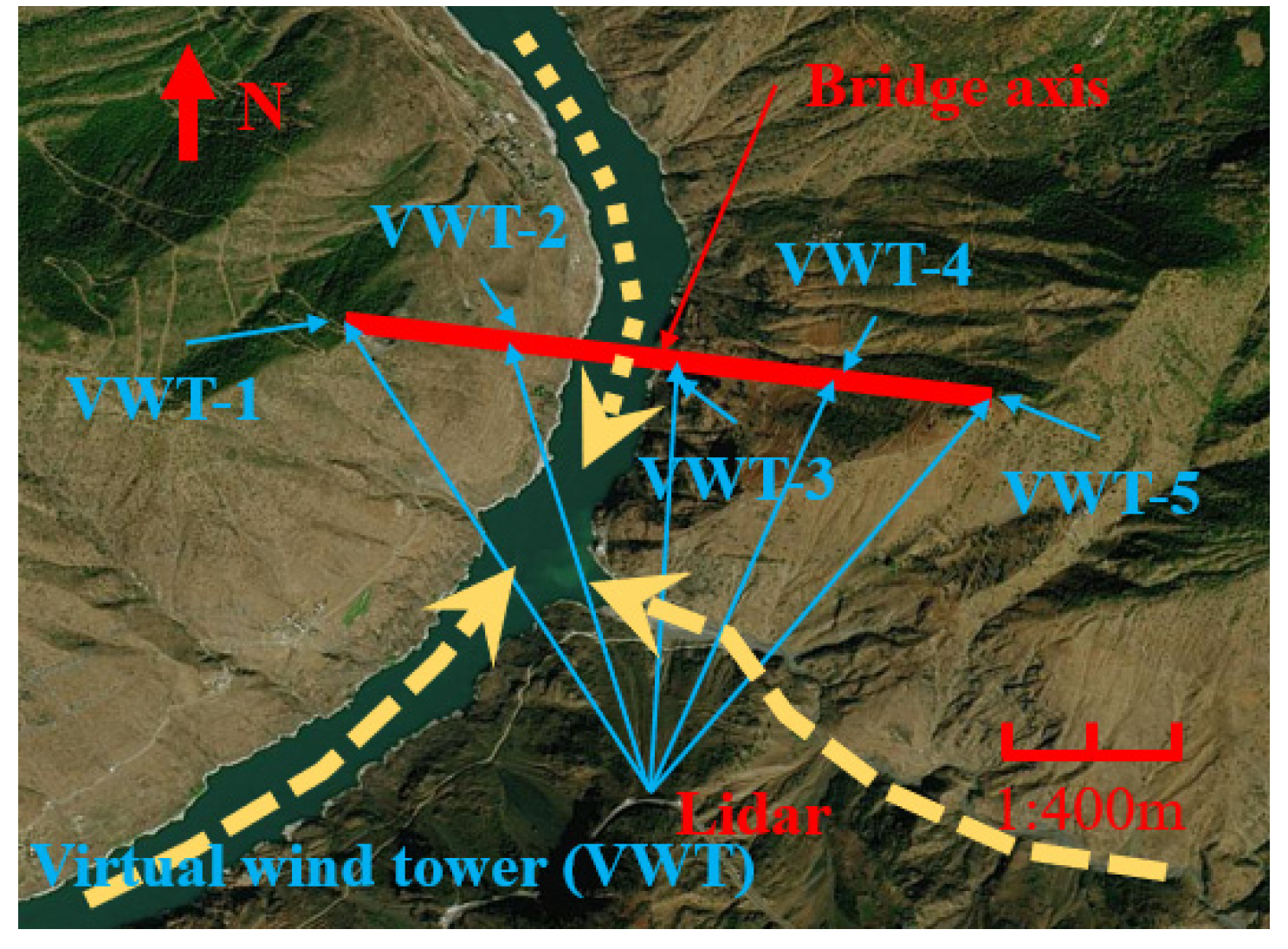



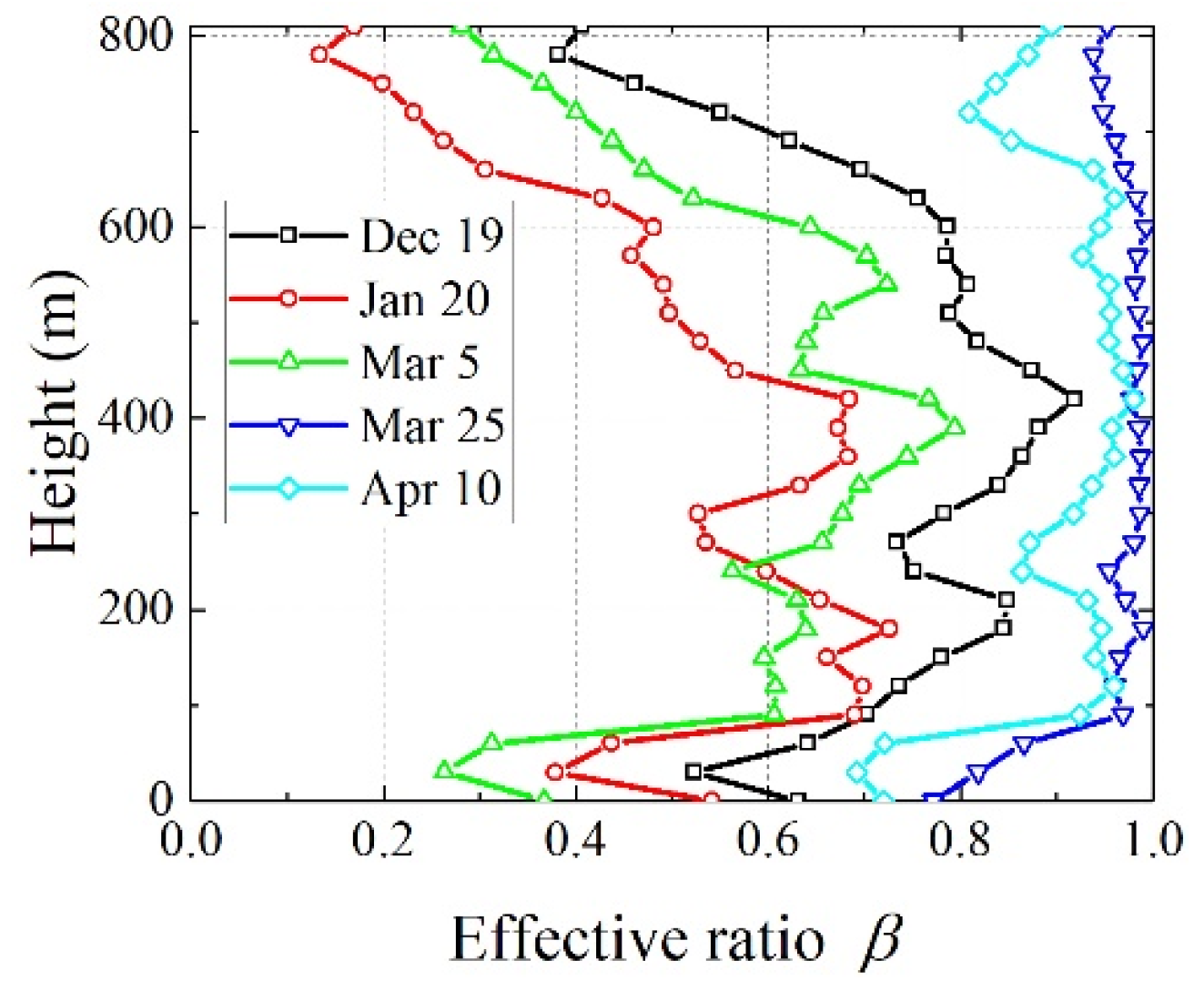

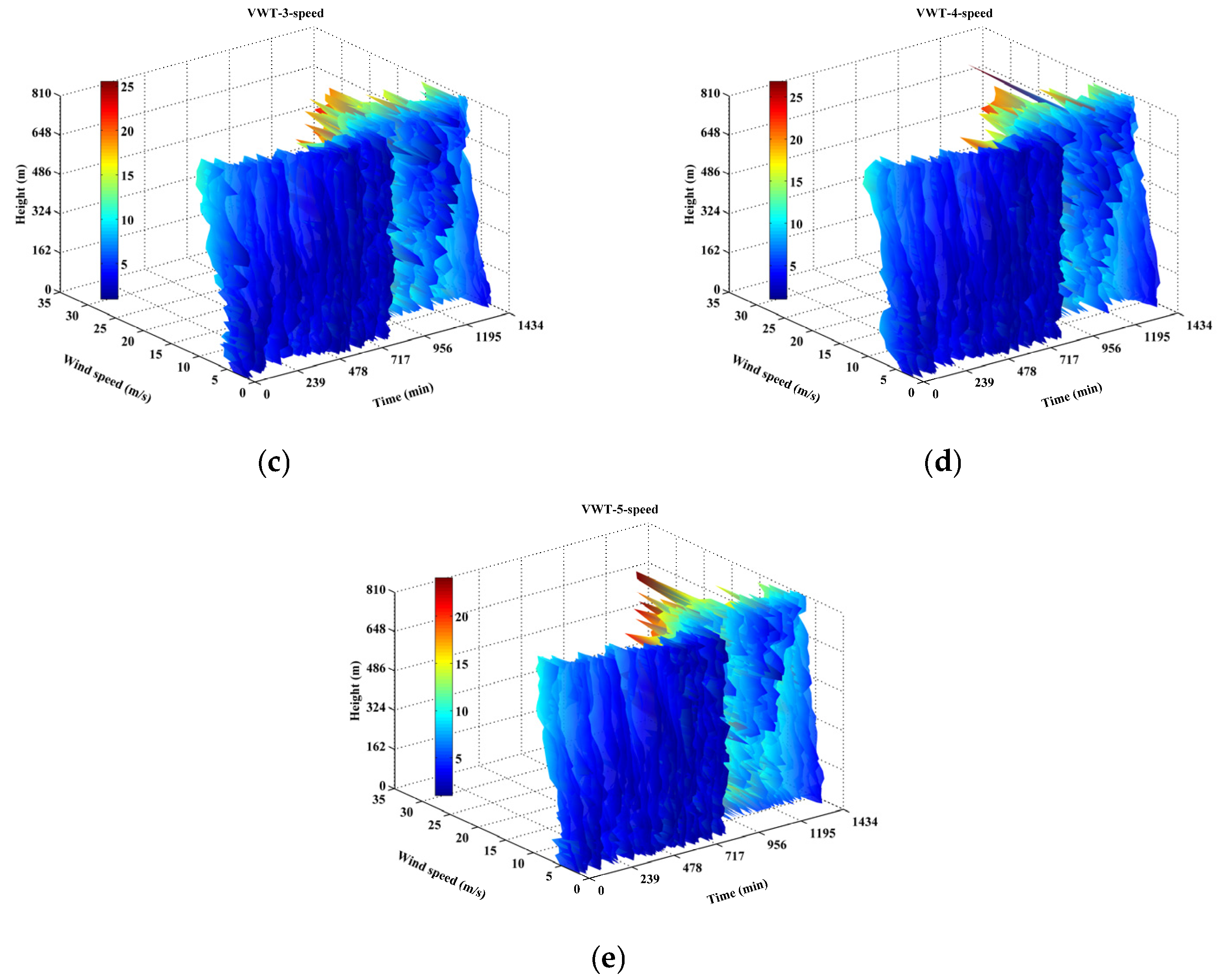
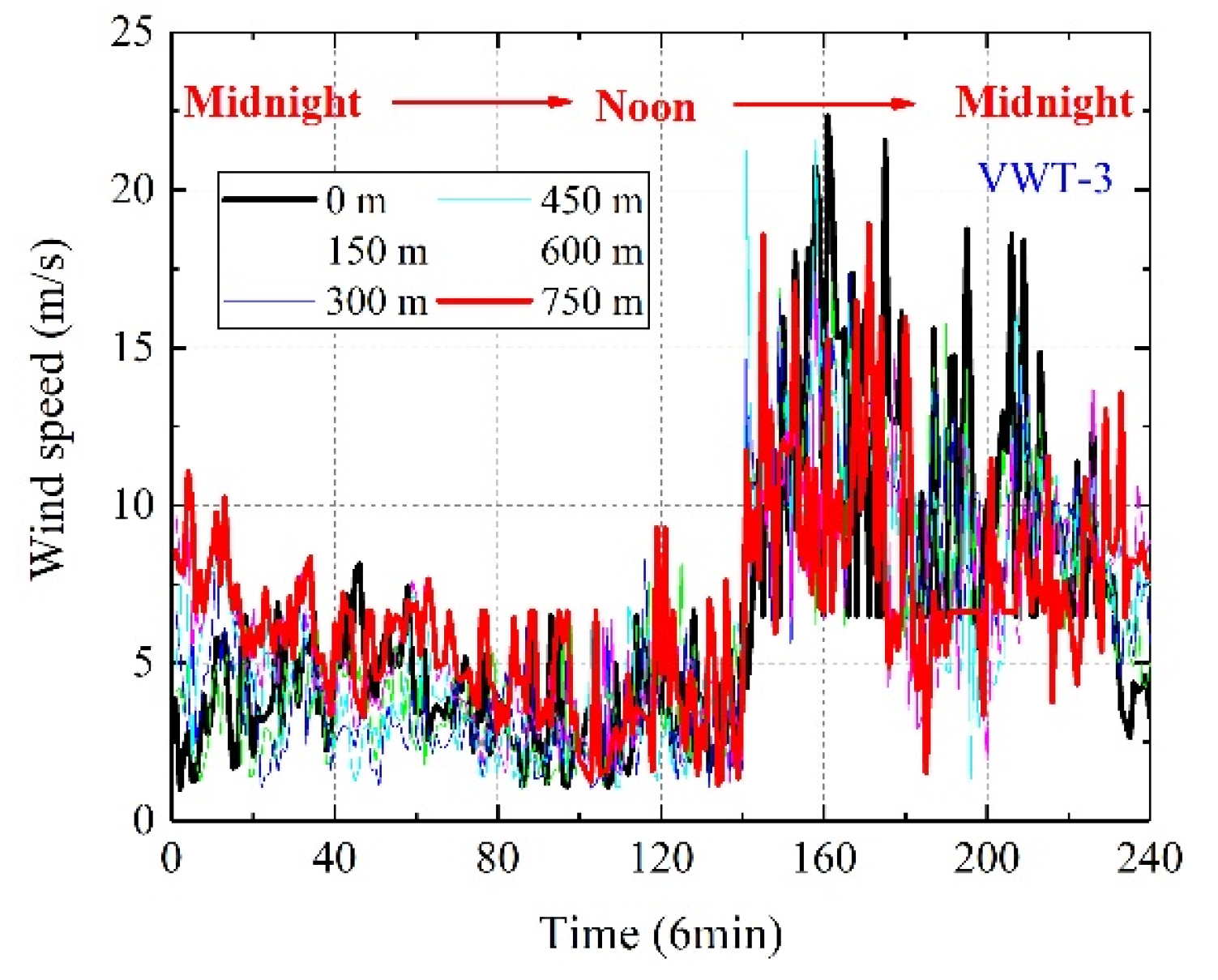

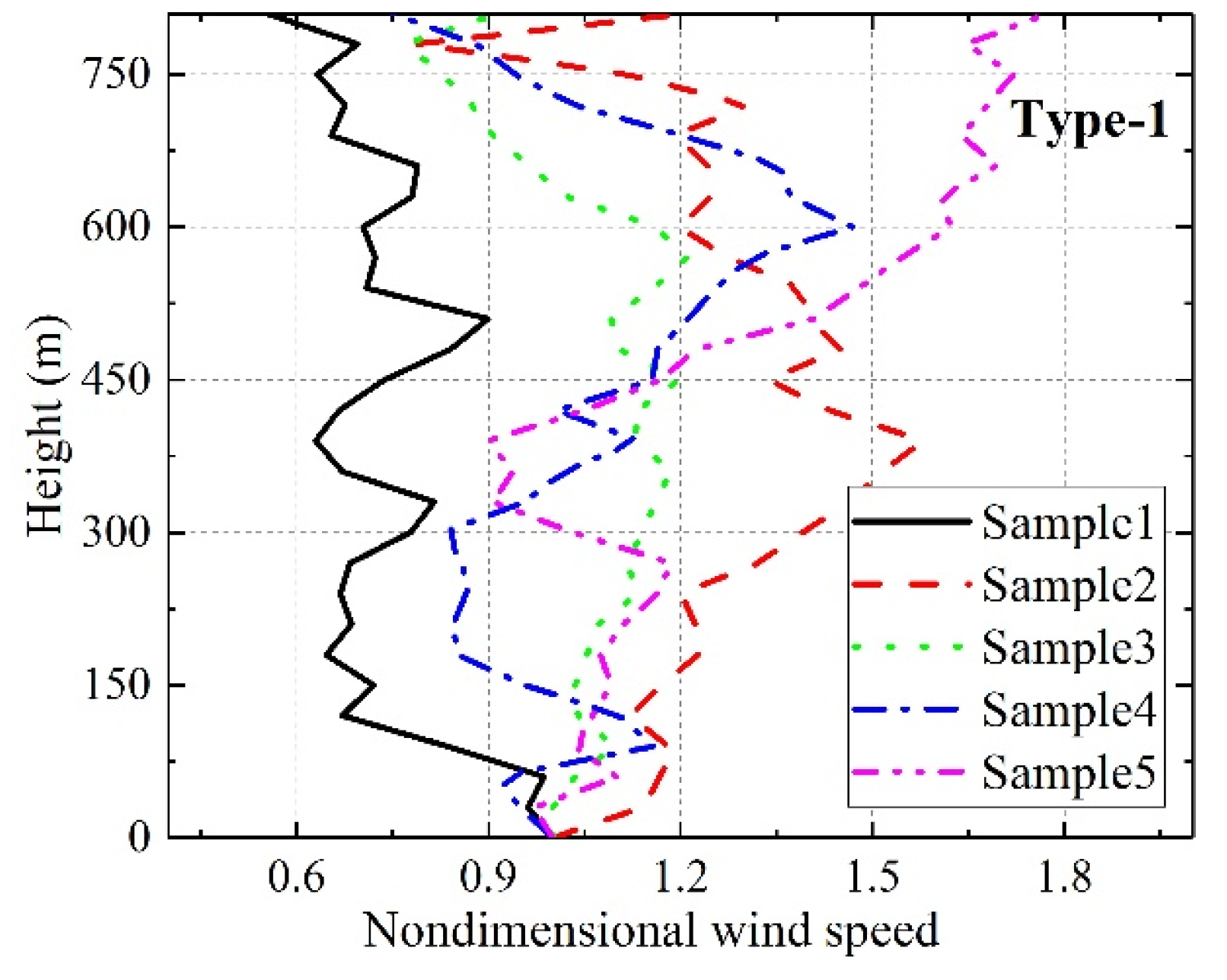

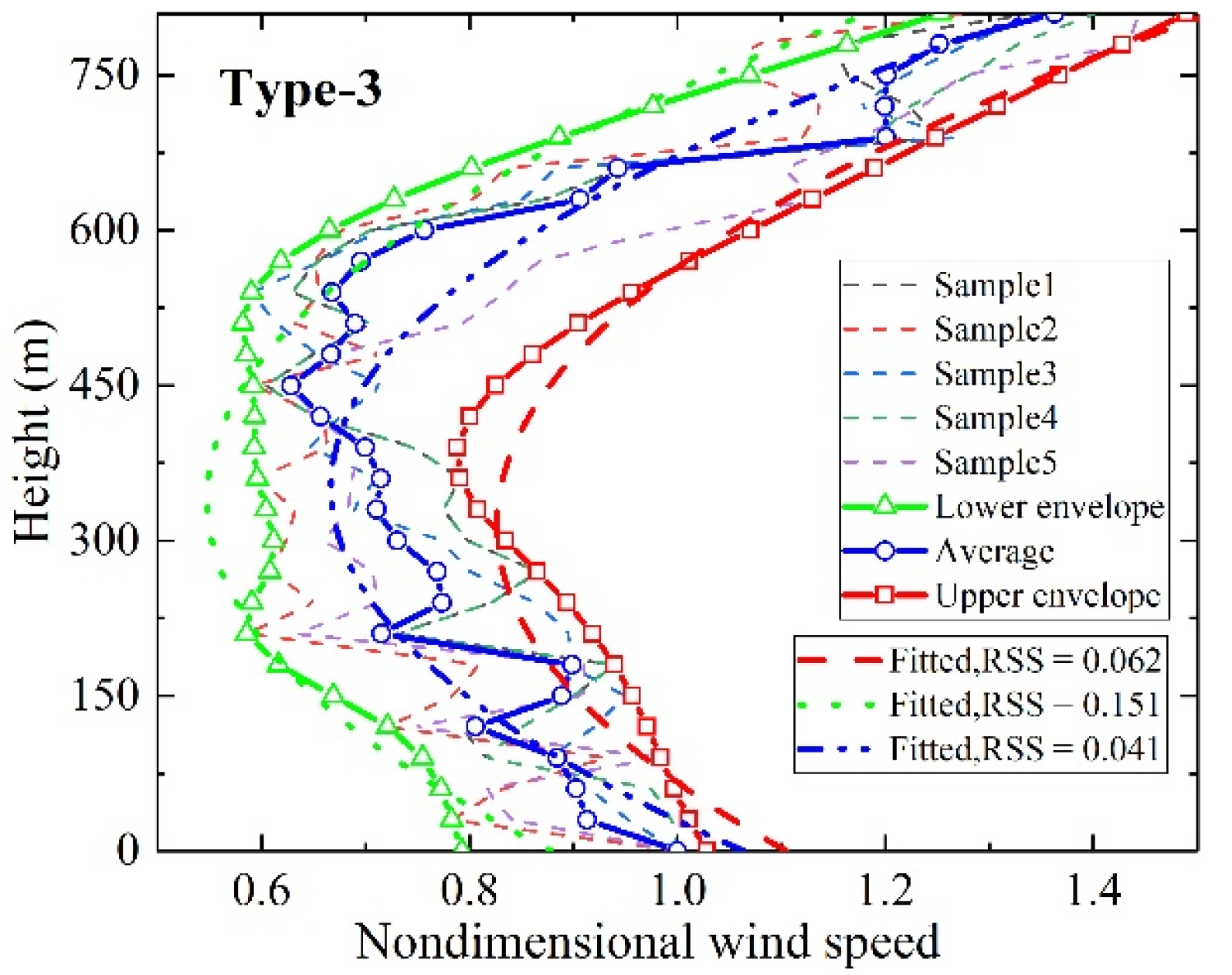

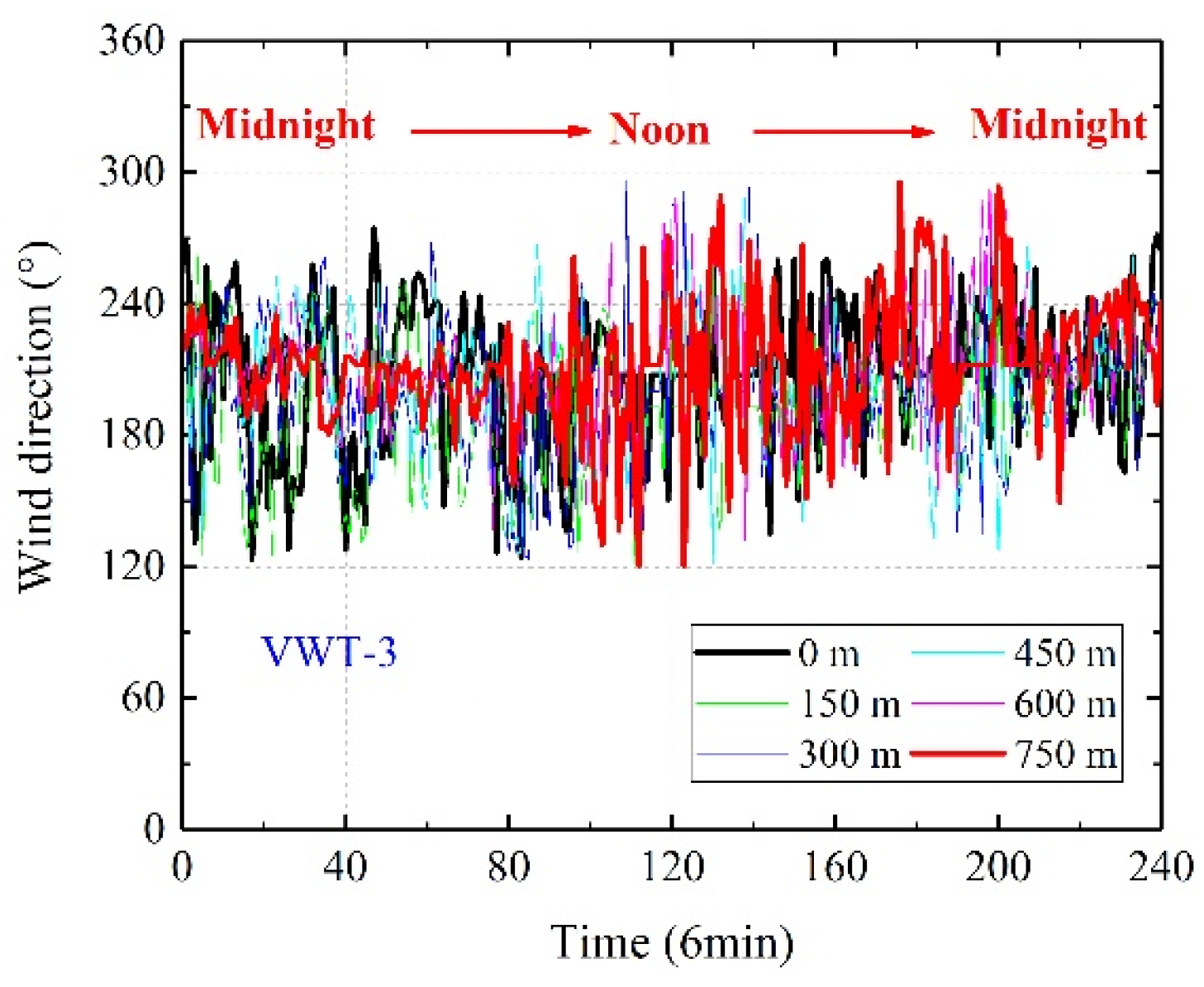


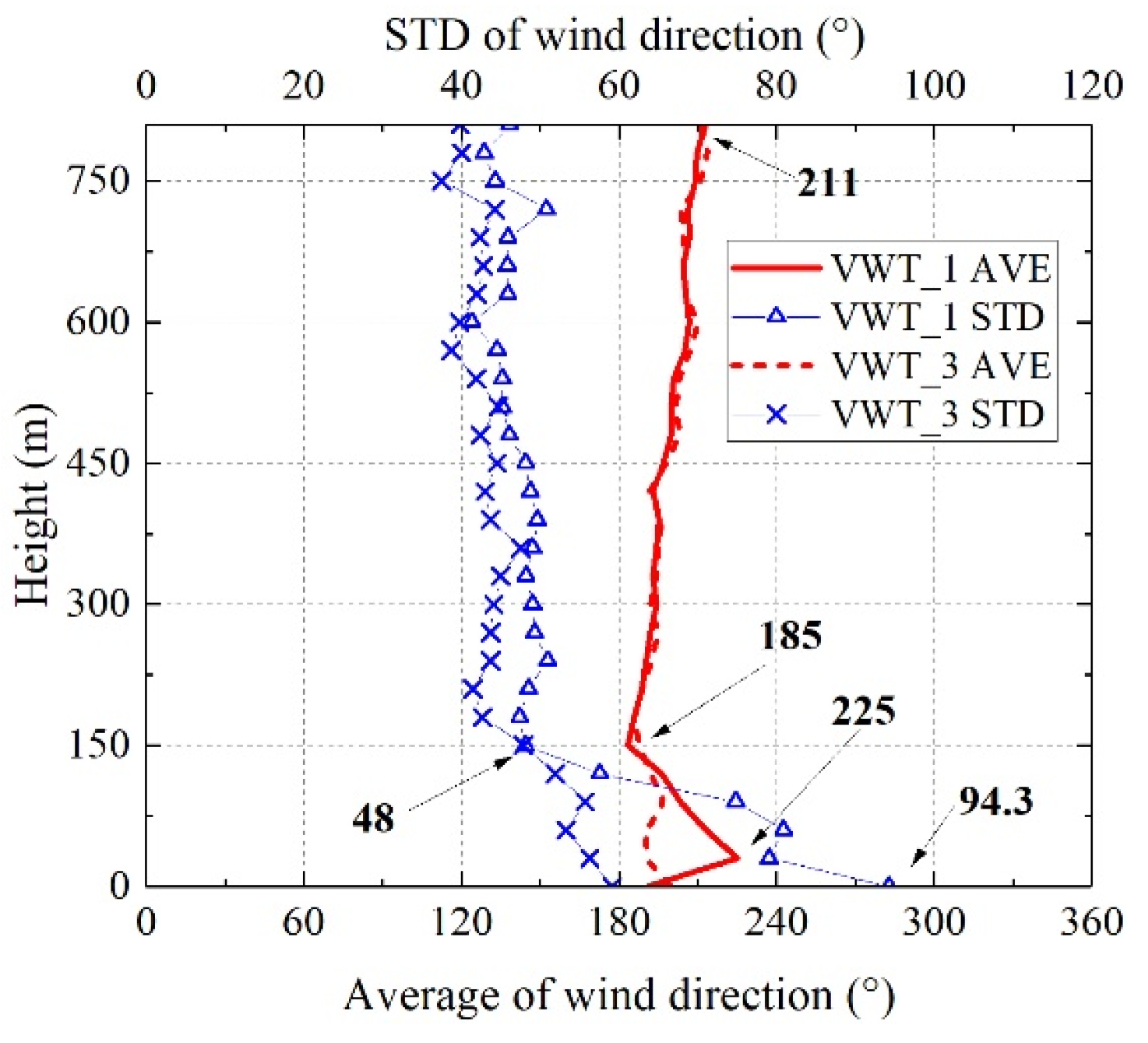
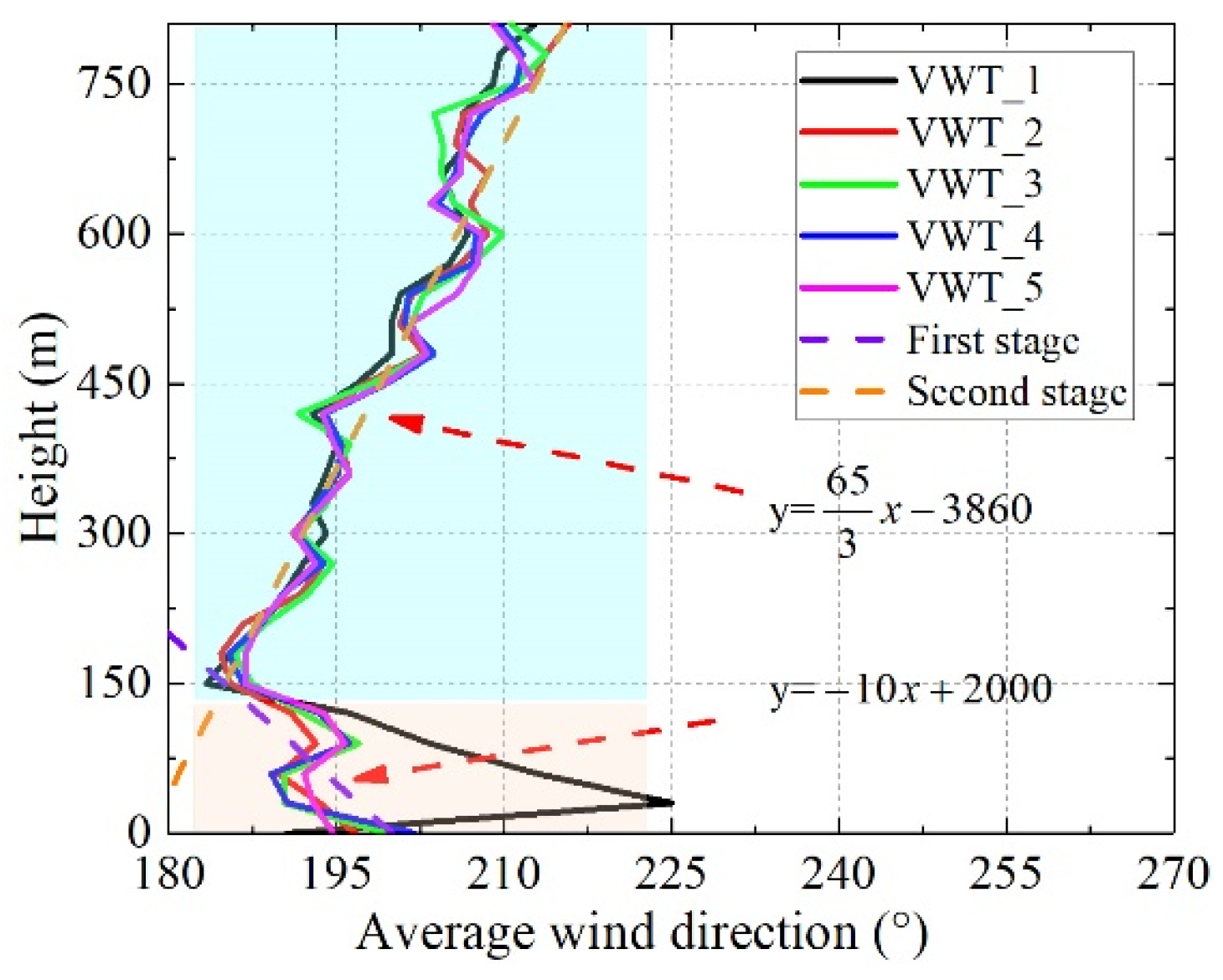
| Numbers | Indicators | Description |
|---|---|---|
| 1 | Radial Detection Range | 45–6000 m |
| 2 | Radial Range Resolution | 15 m/30 m/User Defined |
| 3 | Laser Wavelength | 1550 nm, Invisible and Safe to Human Eyes |
| 4 | Data Refresh Frequency | 1 Hz–10 Hz |
| 5 | Range of Radial Measured Wind Speed | 0–75 m/s |
| 6 | Range of Wind Direction | 0–360° |
| 7 | Accuracy of Wind Speed | ≤0.1 m/s |
| 8 | Accuracy of Wind Direction | <3° |
| 9 | Scan Modes | RHI/ PPI/ DBS/ VAD/ Scripting |
| 10 | Range of Servo Scanning | Horizontal Direction: 0–360°, Vertical Scanning: 90–270° |
| 11 | Weight | <90 kg |
| 12 | Size Length/Width/Height | 638 mm /626 mm /907 mm |
| 13 | Power Supply | 220 V/50 Hz |
| 14 | Communication Mode | Ethernet/3G/4G/Modbus |
| Date | Weather | Wind Direction | Effective Ratio β Range |
|---|---|---|---|
| 19 December 2020 | Cloudy | South Wind Grade 2 | 0.382–0.919 |
| 20 January 2021 | Light Rain | Southwest Wind Grade 2 | 0.134–0.726 |
| 5 March 2021 | Light Rain | West Wind Grade 1 | 0.263–0.794 |
| 25 March 2021 | Clear Day | Southwest Wind Grade 2 | 0.772–0.992 |
| 10 April 2021 | Fine Day | Southwest Wind Grade 2 | 0.692–0.980 |
Publisher’s Note: MDPI stays neutral with regard to jurisdictional claims in published maps and institutional affiliations. |
© 2021 by the authors. Licensee MDPI, Basel, Switzerland. This article is an open access article distributed under the terms and conditions of the Creative Commons Attribution (CC BY) license (https://creativecommons.org/licenses/by/4.0/).
Share and Cite
Wang, J.; Li, J.; Wang, F.; Hong, G.; Xing, S. Research on Wind Field Characteristics Measured by Lidar in a U-Shaped Valley at a Bridge Site. Appl. Sci. 2021, 11, 9645. https://doi.org/10.3390/app11209645
Wang J, Li J, Wang F, Hong G, Xing S. Research on Wind Field Characteristics Measured by Lidar in a U-Shaped Valley at a Bridge Site. Applied Sciences. 2021; 11(20):9645. https://doi.org/10.3390/app11209645
Chicago/Turabian StyleWang, Jun, Jiawu Li, Feng Wang, Guang Hong, and Song Xing. 2021. "Research on Wind Field Characteristics Measured by Lidar in a U-Shaped Valley at a Bridge Site" Applied Sciences 11, no. 20: 9645. https://doi.org/10.3390/app11209645
APA StyleWang, J., Li, J., Wang, F., Hong, G., & Xing, S. (2021). Research on Wind Field Characteristics Measured by Lidar in a U-Shaped Valley at a Bridge Site. Applied Sciences, 11(20), 9645. https://doi.org/10.3390/app11209645






